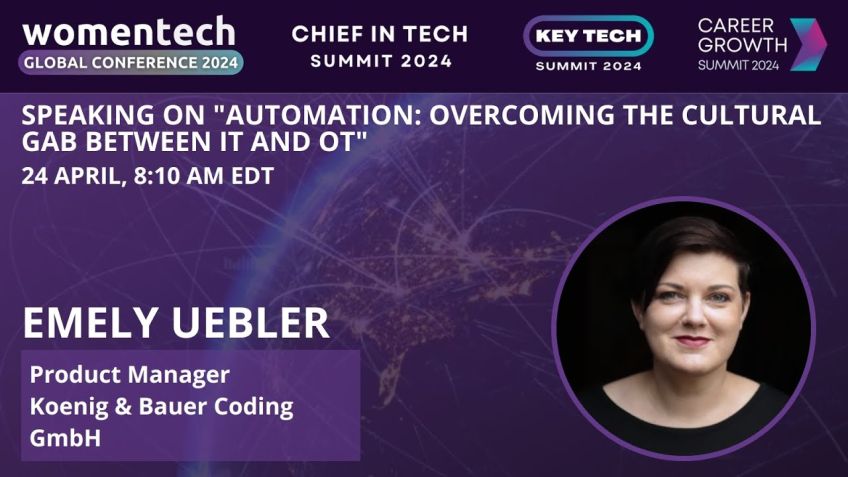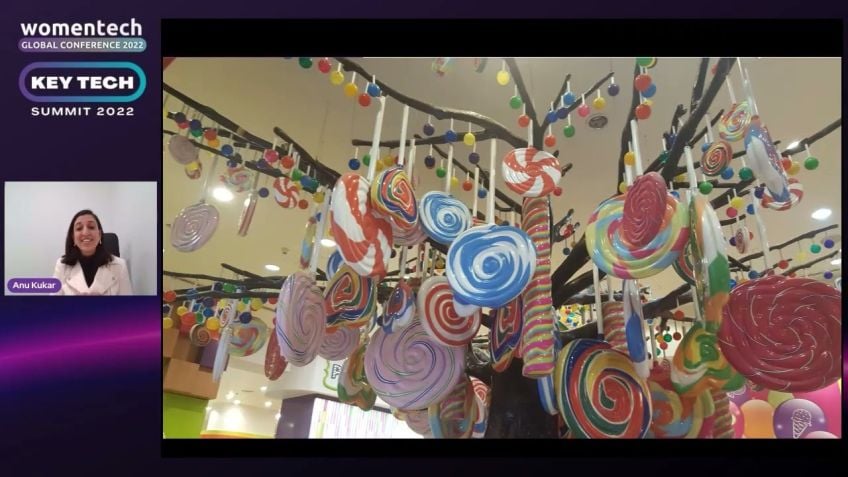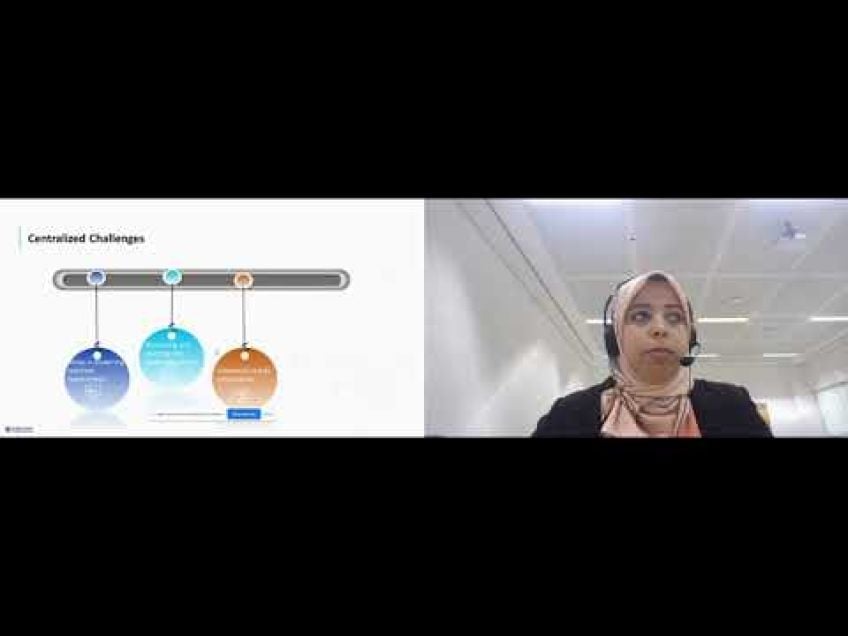IoT Narrative: Empowerment Edition
Empowering Women through IoT: Bridging the Aspiration Gap
Hello everyone! We find ourselves passionately immersed in two topics today - IoT and empowerment. On this journey, we aim to uncover how IoT could be an incredible tool for empowerment. Let's get started!
Women in Tech: The Current Scenario
As we all know, gender equality and science are critical components in achieving sustainable development goals. Despite the efforts to inspire women and girls to explore technical fields, their full participation still eludes us. In the world of science and technology, for instance, women make up less than 30% of the world’s researchers. In specific fields, this number can be as low as 3%.
Retaining Women in Science and Tech
Engineering educators have focused on curriculum reform to attract more women to STEM fields. However, the challenge lies not just in attracting women, but also in retaining them. For instance, women account for 20% of engineering graduates, but statistics suggest nearly 40% of women who earn engineering degrees either quit or never enter the profession.
Could the culture of engineering be the barrier? Could we utilize new technologies as a catalyst for female empowerment in STEM fields?
Understanding the Problem
Engineering introduces students to distinct cultures, skills, language practices, and values. However, women engineering students often report gender stereotypical experiences while working in teams, usually with male classmates. Though the exposure to collaboration can be positive, more often than not, it manifests as a negative experience.
IoT: Bridging the Aspiration Gap
We live in an era defined by the desire for advancements - stronger, faster, better. In this pursuit, can we leverage technology, particularly IoT, as a tool for empowerment too?
What is IoT?
IoT, or the Internet of Things, is a concept that's been generating a lot of buzz in recent years. Simply put, it is an extension of internet connectivity into physical devices and everyday objects. Experimentation with IoT can spark aspiration in young minds, providing deeper understanding, and helping overcome biases in the engineering world.
It can be interpreted as a universal language that transcends barriers of differing native languages, cultural backgrounds, and more. From this perspective, IoT has the potential to create a collaborative and inclusive community in the world of STEM.
There is No STEM without Self-esteem
Incorporating STEM in education is not enough. It's critical to cultivate self-esteem among young minds too. It is through this self-belief that we can encourage young minds to pursue STEM and stick to it. IoT can play a key role in bridging this gap. By exposing young minds to IoT at an early age, we enable them to believe that they can - and should - pursue their interests in STEM, if they so desire.
In conclusion, as advocates of women in STEM, we believe that by leading by example and lighting the path for young minds, we allow them to rise and shine in the world of science and technology. Empowerment through IoT is a powerful tool we can wield to inspire and motivate the next generation of women in STEM.
Do you have any thoughts, questions or ideas on this topic? Feel free to leave a comment below or connect with me on LinkedIn. Thank you for joining in on this crucial conversation. Together, let's make a difference.
Video Transcription
Hello, everyone. Uh Thank you for joining me today uh for this session. Uh So I'm Amina Sequera and I'm working at info E as implementation consultant at the moment.Uh Today, I would really love to tackle the topic of uh on one side iot and on the other side, empowerment, these are the two topics which are my favorite and I try to connect them uh for this session. So to continue, this is the overview of all the uh most important points I would like to tackle today. So we will start a little bit with a more of IOT and what it is and how and how it can help us, how we can embrace it as amazing tool for the empowerment. Then we will go more to the point of understanding the language and how it basically moves through the time. At the end. I would really love to, to sum it all up in a few sentences connected to all of it in a sort of a way. So how actually the IOT can bridge the aspiration gap in the knowledge actually. So to start um please people every comment, feedback, new ideas. Um new potential ways for collaboration. Please share it in the chat.
I would be more than happy to tackle it uh during the talk and now to start. So just for the brief intro, you know, uh you know, as I know, science and gender equality are like vital thing to the world reaching sustainable development goals. And the thing is that in recent years, much has been actually already done in order to inspire the women all around the globe and even more important, inspired the girls to study and work in technical fields. But the thing is that women continue to be excluded from the participating fully into it. According to some of the reports and research, I've read in the UN documents. So when we come to the world of science, the women are still in the minority there. So basically less than 30% of the world's researchers are the women. And uh this whole global female enrollment in some specific, I would say fields is even less, for example, uh maybe around 3% students joining IC T courses across the globe are the women and there are some changes in some other uh let's call it hard sciences. But at the end of the story, the percent, the percentage is not beautiful, you know, because in some regions, yes, women are more attracted to the same courses. But still global situation is really characterized by the gender imbalance.
And uh for now decades, uh in order to attract more women to join these fields. Some engineering educators have focused on curriculum reform, you know, by promoting interest in maths and science. And yes, these efforts actually brought some more women to study engineering. But the problem is not just to attract them to study it. The problem is to help them stay on that lane because uh focusing solely on the education doesn't address the fact that women tend to leave the profession at a higher rate than men. Basically. Uh women are 20% of the engineering graduates. But uh based on the research, it is estimated that nearly 40% of the women who earn engineering degree, either quit or never enter the profession. So some of these references are working but some are not. And that's why all of us should jump on that link and should support the whole idea uh and uh promote it and what can be the way out, you know, what uh what, what are the reasons why, why female, why for almost 40% of female leave the engineering to pursue some other career?
Is it um something connected to the culture of engineering? Like should we improve shared values, beliefs, norm or maybe all of this plus to add new approach, could a new technologies be used be utilized as a catalyzer for uh for female empowerment in a sense to help them with uh with continue staying on the right lane in the engineering, you know, uh the thing is that um each professions introduce its students to distinct cultures, skills, language practices, values.
And uh sometimes it happens that during the engineering college students observe and practice those through some group projects where they quickly need to learn to think and act like engineers. And the the thing is that for many women engineering students, this first encounter with the collaboration is actually to be treated in gender stereotypical ways. So mostly by their male peers. So while some initially described these working themes as a positive experience, many more uh reported this as a negative experience because while working with male classmates, uh they often spoke of being relegated to doing some routine secretarial jobs and being excluded from the real engineering work.
So now when we're thinking of it again, we are living in the fast paced era, you know, where we're again back to the square one with stronger, faster, better as a major motto in our life. And sometimes we feel that we don't have time to support anything along the way. But the thing is should we utilize the technology and the whole developing world to be a playground for empowerment too? So that's the actual story, how I came to the point of IOT and how it made me think about the potential solutions to bridge this gap of the aspiration. So to start what it is, it is a large concept and there are a lot of, there is a lot of noise around it during the past few, few years and it's easy to dismiss it as a high, but we shouldn't make that mistake because it's a powerful tool. And if we Google it, we will get some uh over complicated definition. But the thing is it can be simplified. So if we look deeper in the problem and try to simplify things, we can say that as internet of things can be basically considered any device that is connected to the internet and communicates in some way.
So more or less, it's extension of the internet connectivity into physical devices and everyday objects. And uh on the other side, internet of things is giving us the possibility to uh to play around with small electronic components, to create some projects to involve ourselves into deeper understanding of how things work. And the most important thing is these experiments with IOT at young age can really spark the aspirations in the young minds and the whole knowledge gain of in this case, young female minds too and help them overcome all the biases in the engineering world. For example, because if we look at the world from the perspective of understanding or from the perspective of mutual language. So if we go back to the older era, the mat was uh utilized, the MAT was used as a mutual language of understanding because no matter what, what is my native language or what is yours native language, the math symbols tasks. They are the thing that can connect us. Because when it comes to the uh deciphering those we can reach the joint understanding based on what's written there. And again, the world was changing. And at some point, the perspective of mutual language moved to the itit.
So it became all around programming languages. They, they, we saw it as opportunity to exactly over come these language barriers because we, we learn the programming languages, we learn the networking, we learn the algorithms and all that. It world seems to us as a way how to overcome different um different, different languages, different understanding and stuff because it was there and it is uniquely there. It has its own sense and we, we see it from that perspective. And since the time is evolving, the world is changing itself constantly, we see now that if we look from the big picture that in today's world IOT can be a perfect combination uh to bridge this gap of the understanding because on one way it is combining devices, communication, it mat everything and it can be our way out to mutually understand each other through this project.
And looking from the point of empowering women, empowering all the young minds actually to join pursuant state on the stamp pad. I believe that if we connect them in the IOT world at young age where we should share our experience and our expertise to show them how and to support them all around, all, all along the path, all along the journey. From the small experiment at the young age to major breakouts at a bit older age, let's say we, we can enable them that they believe that they can and even more important thing, we can enable them the belief that they should if that's what they want to do, which brings me to the last point of uh of my discussion today, self esteem, there is no stem without self esteem.
Let's be real. I'm the women in stem and I literally overcome all these uh all these major pain points. Let's call it that way along my journey. And from my perspective, from my experience, it would be much easier if I had the bigger support along the journey. That's why I want to share my experience, my expertise, to support young minds, to stay along the path if that's what they want to do. Because IUT for example, in this case, can boost the influence and simply by leading by a good example, showing the way lighting the road and supporting the the young minds in general through the whole times, we can help the world by helping these young minds to fly. So basically, that's the reason why I always said, as I, as I mentioned before, there is no stem without self esteem and we need to be a good examples. Uh We need to utilize the power in young minds so that they believe that they can do whatever they want to do in their life. So if they want to pursue stem stem, make it to be so, thank uh this, this is it. I will now check the chat for the questions and um if you want to connect with me on linkedin or share your opinions or just organize another call where we can tackle the issue and the point better here are my contact details.
So you can write to me through the email or just find me on the linkedin through this. OK. So OK, thank you Aditi for this. I will definitely uh find this and connect. Does anyone else have some other question? Maybe? OK. So if there are no more questions, uh I want to thank you a lot for joining me today for this discussion. Uh This topic is really important to me since I already mentioned. Uh I went through this and I know how struggle can be hard. So I really want to support all the young minds, all the young female minds if they want to pursue career in technology and science, in engineering and math. So thank you people one more time for joining me today. Connect with me on the linkedin and this is it. Bye. Have a nice day.





